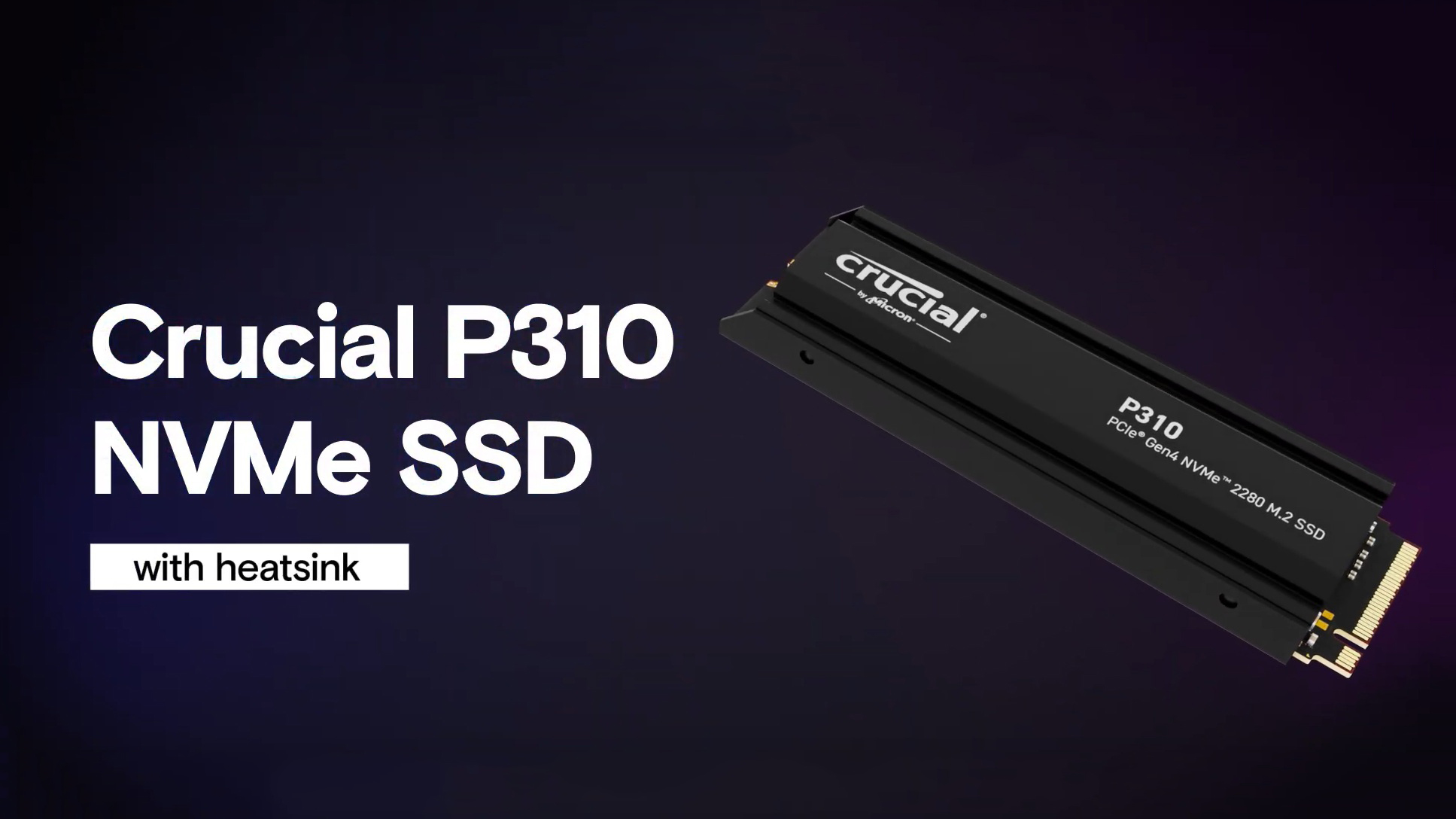[ad_1]

Essential has upgraded its standard P310 NVMe SSD lineup by introducing a model with an built-in heatsink. The brand new variant is accessible, significantly for the M.2 2280 mannequin launched final September. This addition ought to doubtlessly maintain temperatures in test throughout heavy workloads. Nonetheless, it additionally makes the SSD extra appropriate for installations in thermally constrained environments, reminiscent of compact PCs and the PlayStation 5.
You should buy the heatsink-equipped Essential P310 SSD at $105 for the 1TB mannequin and $160 for the 2TB model. Essential launched the heatsinkless drive at $65 for 500GB, $95 for 1TB, and $150 for 2TB. Nonetheless, the present pricing has dropped to $42 for 500GB, $66 for 1TB, and $129 for 2TB. Nonetheless, when writing this text, these costs dropped to $55 for 500GB, $70 for 1TB, and $130 for 2TB. Primarily, one would pay $30-$40 extra for that added heatsink.
Geared up with a Phison E27T controller and a 232-layer Micron QLC NAND, the Essential P310 presents sequential learn speeds as much as 7,100 MB/s and write speeds as much as 6,000 MB/s over a PCIe 4.0 x4 interface.
In our testing of the non-heatsink variant, the P310 showcased spectacular efficiency for a drive with QLC NAND and a DRAM-less design. Within the 3DMark Storage Benchmark, which simulates gaming-related actions, the SSD outperformed some higher-tier drives, together with the WD Black SN850X. Given its budget-friendly positioning, this can be a notable achievement, indicating its potential to deal with gaming workloads effectively.
The PCMark 10 Storage Benchmark, which evaluates a drive’s efficiency throughout varied on a regular basis duties reminiscent of doc enhancing, video conferencing, and utility launches, additional highlighted the P310’s capabilities. The drive scored effectively, coming near opponents outfitted with DRAM and TLC flash. Regardless of its use of much less sturdy QLC NAND, the P310 maintained a aggressive edge on this benchmark, suggesting it’s greater than able to assembly the wants of customers with common productiveness workloads.
Nonetheless, sustained write efficiency is a weak spot of the P310 2280 as a result of inherent limitations of QLC NAND. Below heavy and prolonged workloads, the drive’s efficiency tends to drop extra shortly than that of TLC-based SSDs, making it much less best for customers often participating in giant file transfers or skilled video enhancing.
[ad_2]

